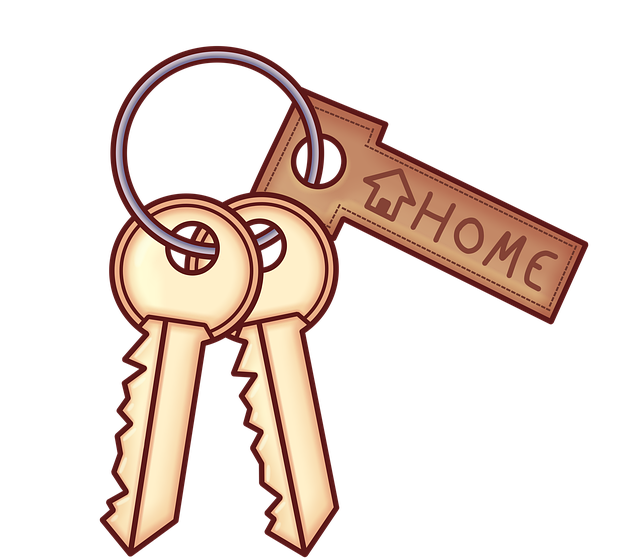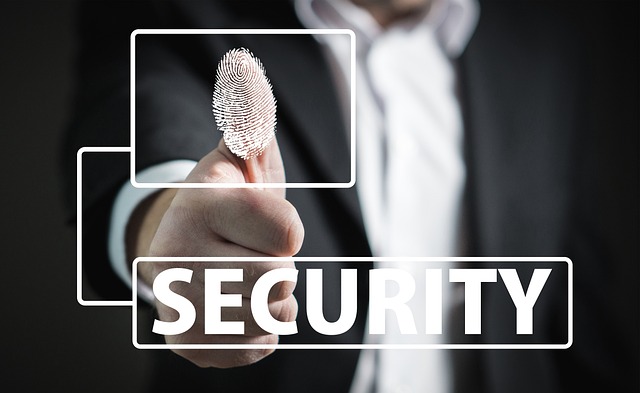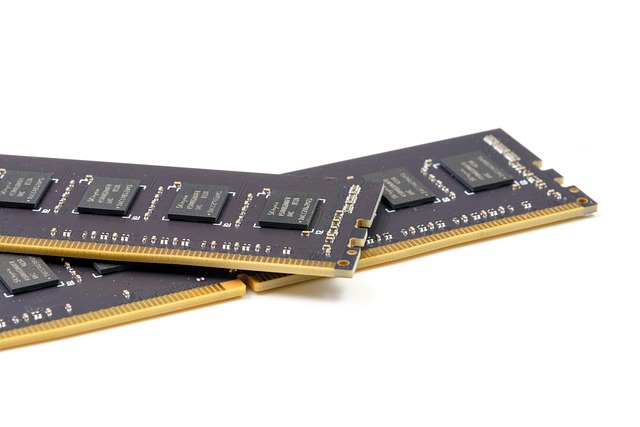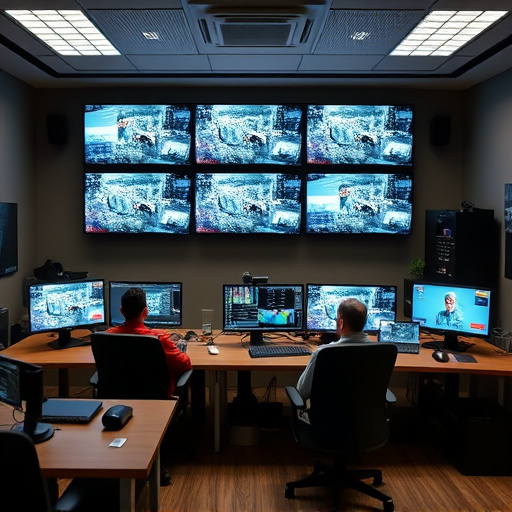This text emphasizes the dual approach to securing homes against break-ins: physically and digitally. It advocates for a combination of robust locks, alarm systems, motion lighting, and strategic interior layout as physical measures. Technologically, it highlights the importance of updating software, securing wireless networks, using antivirus programs, strong passwords, encryption, and regular security checks to protect against digital vulnerabilities like smart home devices and internet-connected cameras. By integrating these effective security strategies, including smart home technology and secure environment creation, homeowners can significantly enhance their break-in prevention and overall home protection.
“Enhancing your home’s security is paramount in safeguarding your belongings and personal safety from potential break-ins. This comprehensive guide offers practical tips to fortify your sanctuary against unwanted intruders. From unraveling common entry points and vulnerabilities to exploring innovative smart home technology, we provide effective strategies for a secure environment.
Learn how physical barriers and automated systems can deter criminals, while proactive tactics ensure your home remains a fortress. Discover the power of understanding and addressing break-in vectors, ultimately empowering you to implement robust protection measures.”
- Understanding Common Break-In Vectors and Vulnerabilities
- Implementing Physical Security Measures for Added Protection
- Smart Home Technology: Leveraging Automation for Enhanced Safety
- Proactive Strategies: Creating a Secure Environment Around Your Home
Understanding Common Break-In Vectors and Vulnerabilities

Understanding Common Break-In Vectors and Vulnerabilities
One of the first steps in preventing break-ins is to grasp the most common vectors and vulnerabilities that criminals exploit. In today’s digital era, physical security isn’t just about locks and alarm systems; it also involves addressing technological weaknesses. For instance, unsecured doors and windows remain a primary entry point for intruders, highlighting the importance of robust locking mechanisms and proper sealing. Moreover, outdated or weak security software can expose your home to remote hacking attempts, emphasizing the need for regular updates and robust antivirus programs.
Wireless networks, smart home devices, and internet-connected cameras have introduced new avenues for break-ins if not properly secured. Hackers can exploit these connections to gain access, demonstrating the criticality of strong passwords, encryption, and regular security checks. Additionally, leaving valuable items visible through windows or accessible from outside can be inviting to potential thieves, underscoring the significance of strategic interior layout and smart placement of possessions. Effective security strategies thus combine physical measures with digital vigilance to create an impenetrable barrier against break-ins.
Implementing Physical Security Measures for Added Protection

Implementing robust physical security measures is a pivotal step in preventing break-ins and ensuring your home remains a secure sanctuary. Start by enhancing your exterior with sturdy doors equipped with advanced locking mechanisms. These doors should be made from reinforced materials, such as steel, to deter potential intruders. Additionally, install high-quality windows that offer both insulation and security, featuring unyielding frames and robust locks.
Consider incorporating an intruder alarm system as a powerful deterrent. This technology can detect unauthorized entries and immediately alert you and the authorities. For added layers of protection, invest in motion-activated lighting around your property. Not only does this help deter criminals during the day, but it also illuminates any suspicious activity at night, providing valuable time for you to respond and ensuring the safety of your home.
Smart Home Technology: Leveraging Automation for Enhanced Safety

Smart Home Technology is transforming how we protect our homes from potential intruders, offering a sophisticated and modern approach to break-in prevention. By integrating automation into your home security system, you can create an intelligent network that enhances safety measures significantly. For instance, smart locks enable remote access control, allowing you to monitor who enters your property at any given time. These devices can also learn your routine, automatically locking doors when activity suggests you might be away.
Additionally, smart cameras with motion sensors provide real-time alerts, capturing potential threats instantly. This technology lets you monitor your home’s exterior and interior from anywhere via a smartphone app. When combined with automated lighting that switches on at night or when movement is detected, these systems create an effective deterrent against break-ins. Effective security strategies like these not only safeguard your property but also offer peace of mind in knowing that your home protection measures are always up-to-date and responsive.
Proactive Strategies: Creating a Secure Environment Around Your Home

Creating a secure environment around your home is one of the most effective security strategies to prevent break-ins. Start by evaluating your property’s exterior and identifying potential weak points. This could include ensuring robust and well-maintained fences, installing motion-activated lighting in strategic locations, and securing all entry points with high-quality locks. A secure fence acts as a physical barrier, while motion sensors can deter intruders and alert you of any suspicious activity.
Additionally, consider planting dense vegetation or adding thorny bushes near windows and doors, making it more challenging for burglars to gain easy access. These proactive home protection measures not only make your property less inviting but also provide valuable time in the event of an attempted break-in, allowing you to take necessary actions or alert authorities.














